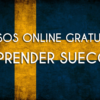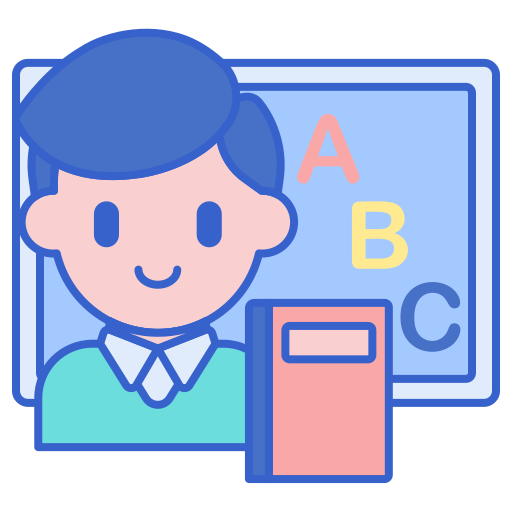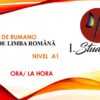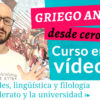Free Swedish Course

Con este curso gratis de 16 lecciones en vídeo aprenderás a hablar Sueco
El sueco (en sueco: Acerca de este sonido svenska (?·i)) es una lengua germánica del norte de Europa, hablada por entre 9 y 14 millones de personas. La mayoría de sus hablantes vive en Suecia, en Finlandia y en las Islas Åland (autónomas), donde es el idioma oficial. El sueco es una lengua nórdica, al igual que el danés, el noruego, el islandés y el feroés. Las lenguas nórdicas son un subgrupo de las lenguas germánicas, las cuales forman parte de la familia lingüística conocida como lenguas indoeuropeas. El sueco, al igual que el resto de lenguas nórdicas, desciende del nórdico antiguo, hablado en Escandinavia durante la época vikinga. El sueco es en gran parte comprensible para un noruego y un danés.





